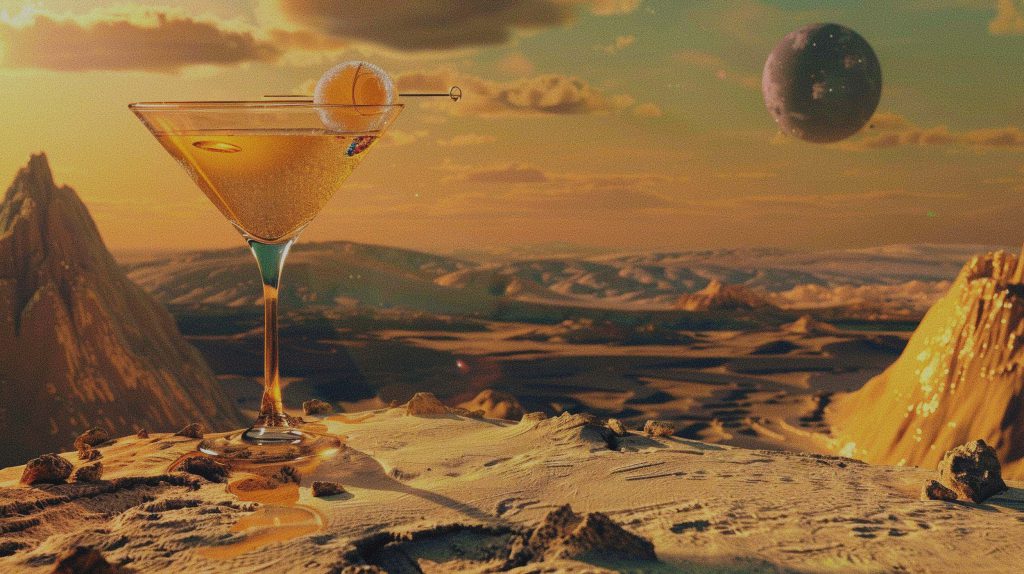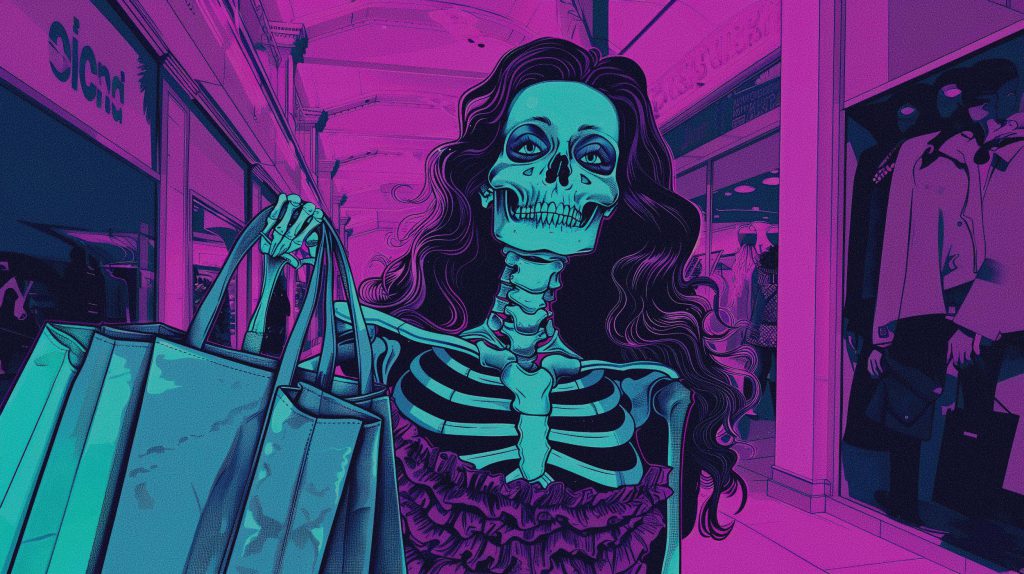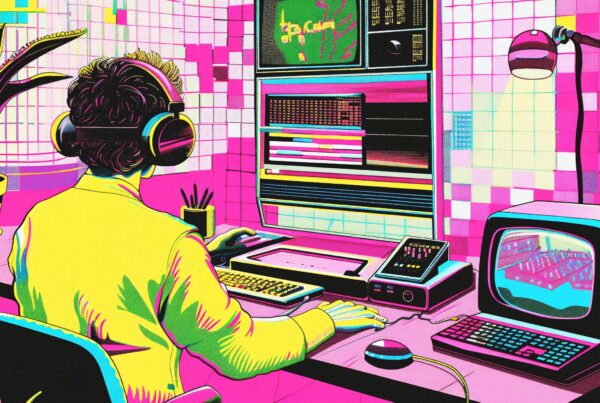Marketing has always been a fascinating tug-of-war between data-driven logic and the intangible power of creativity. Yet, in recent years, we’ve seen the pendulum swing hard toward the analytical side. Marketers are increasingly obsessed with rationalizing every design choice, every color palette, every quirky brand moment. But here’s a truth that many in the industry need to hear: not everything that works in marketing has to make sense on a spreadsheet. Sometimes, the thing that makes your brand unforgettable is precisely the thing you can’t explain. The mystery behind aesthetics and creative intuition is not a liability—it’s your secret weapon.
Embracing Creative Intuition in Modern Marketing
Marketing professionals today are under relentless pressure to justify every decision with metrics, A/B testing, and ROI calculations. While data is undeniably valuable, it’s not the sole driver of successful branding. There’s a different kind of intelligence at play in great creative work—one that’s rooted in instinct, emotion, and gut feel. The most iconic campaigns in history didn’t come from a formula; they came from a spark of inspiration that couldn’t be quantified.
Great branding often emerges when we allow creative professionals the space to follow their intuition. A graphic designer might choose a bizarre font pairing that breaks every traditional rule, yet somehow it just works. A creative director might insist on a surreal, dreamlike ad that no focus group would ever approve—but it goes viral. These decisions aren’t mistakes; they’re the magic moments where imagination trumps logic. And in a marketplace drowning in sameness, those moments are gold.
The truth is, consumers don’t always need to understand why something appeals to them. They just know it does. That feeling—when a visual hits you in the gut, when a logo becomes instantly iconic, when a jingle gets stuck in your head forever—that’s the stuff that builds brand loyalty. Marketers need to stop suffocating creativity with over-optimization and start trusting the mysterious, unexplainable parts of the process. That’s where the real breakthroughs happen.
Why Visual Appeal Doesn’t Always Need Logic
The need to rationalize every visual element in marketing is killing originality. Not every color scheme needs a psychological rationale. Not every layout needs to adhere to a user-tested wireframe. Sometimes, things just look good—and that should be enough. Aesthetics have their own language, one that resonates emotionally and viscerally. Trying to over-explain them risks diluting their power.
It’s easy to fall into the trap of thinking that if you can’t explain it, it must not be strategic. But let’s be honest: some of the most memorable branding moments defy explanation. Why does a certain logo feel “cool”? Why does a certain commercial make people smile? These reactions are emotional, not logical. That’s the point. In a world where people are bombarded with thousands of brand messages daily, it’s the ones that make them feel something—without needing a paragraph of context—that actually stick.
We need to give more credit to the power of visual instinct. Designers, illustrators, and creatives often know when something works just by looking at it. That’s not guesswork; it’s years of developed sensibility. Marketers should learn to respect that expertise rather than trying to retrofit every decision into a logical framework. The irony is, the more you try to rationalize creativity, the more generic your brand becomes. And the last thing the world needs is another forgettable brand.
How MTV’s Rule-Breaking Branding Made History
If you want a masterclass in embracing brand quirk and rejecting logic, look no further than MTV’s original logo and branding. When the network launched in 1981, it didn’t follow any of the so-called rules. The iconic block “M” with the graffiti-styled “TV” didn’t conform to traditional design standards. It was loud, chaotic, and constantly morphing. But that was exactly the point—and it worked like nothing else before it.
MTV’s branding was revolutionary because it embraced unpredictability. The logo wasn’t static; it shifted colors, textures, and animations depending on the vibe of the content. This broke every branding “rule” of the time, which dictated consistency and uniformity. But MTV wasn’t interested in being safe—it wanted to be a cultural force. And by leaning into visual anarchy, it mirrored the energy of youth culture in a way that felt authentic and alive.
The result? MTV didn’t just build a brand; it built a movement. It became synonymous with rebellion, creativity, and cool. Its branding was a visual playground that allowed for experimentation and imperfection, and that’s what made it unforgettable. Marketers today could learn a lot from MTV’s fearless approach. In a world where brands are terrified to step outside the lines, the ones that dare to be weird, bold, and unexplainable are the ones that people remember.
Marketing isn’t a science experiment. It’s an art form. And while data and logic have their place, they should never come at the expense of creative instinct. The brands that people love—the ones that withstand the test of time—are often the ones that dared to be different, to be illogical, to be mysterious. Whether it’s the constantly mutating MTV logo or a bizarre ad that just feels right, the magic happens when we stop trying to explain everything and start trusting the power of great design and storytelling. So here’s a call to marketers everywhere: loosen the grip, embrace the weird, and let the mystery do some of the heavy lifting.































